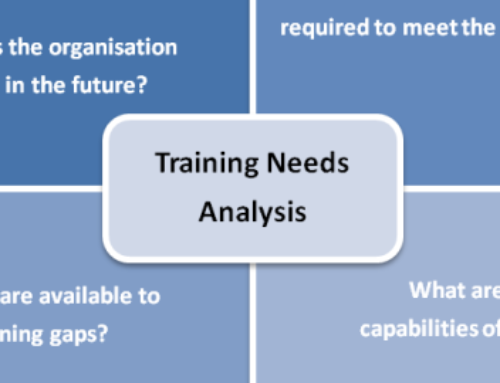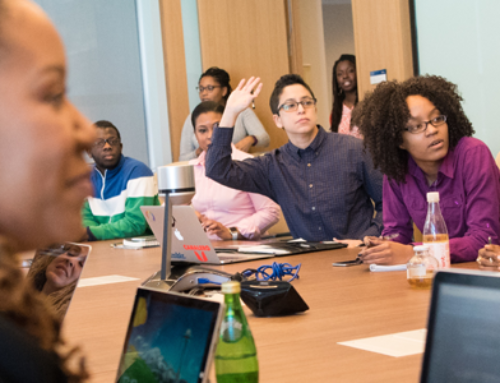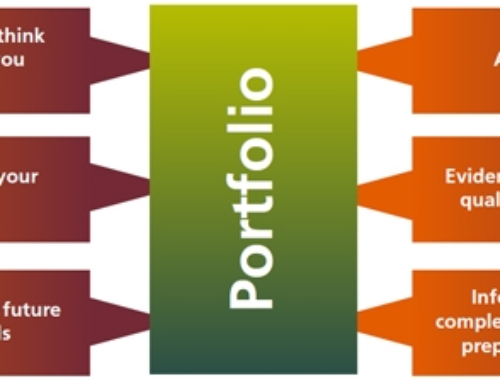The 70:20:10 model for workplace learning has garnered a lot of popularity in recent years, as the ‘next big thing’ in Learning and Development – there’s even an online community devoted to it, the 70:20:10 Forum!
The biggest challenges companies face with it, is how to fully deploy and encourage the informal or experiential learning in the most effective, practical, applicable, and cost-saving way.
From the outset, it’s absolutely key to remember the importance of technology in really making the model come alive and make sense for the ‘non-converts’. Technology, change in mind-set and tangible evidence for its effectiveness is key for the 70:20:10 model to really take off. Just remember how the 70:20:10 model ratio breaks down:
- 70% of learning from on-the-job experience
- 20% of learning from people (i.e. role models, coaches, or managers)
- 10% of learning from formal training (i.e. seminars, classes, or reading)
Technology and the 70:20:10 Model
And the key way of helping staff to deploy these three components is by managing the content they are given and how it is given to them. That’s where the technology part comes in.
More and more LMSs now link training interventions directly to someone’s role and encourage interaction through social-media-style interfaces and links to internal networking platforms. In this way, facilitators can send out prompts to participants to see whether or not the learning has been understood and noted, or to enable a group discussion by hosting a virtual workshop. And that’s when technology really helps it to come into its own! It helps to deliver and act upon the 70:20 parts of the model- on the job learning and interaction with other people, be they colleagues or the course coach.
And look how this on-the-job learning and coaching is also being made easier thanks to the growth in mobile technologies. Thanks to it, that 20% part of the 70:20:10 model can be delivered to the learners regardless of their location. It’s straightforward and time and cost-effective.
Formal learning continues to stand its ground with companies… well, for the time being at least
There will continue to be a need for formal learning in the future and for a long time to come. This is especially the case where companies want to have their staff well-versed in core competencies and business critical skills. They still want their staff to follow classroom style training programs delivered by professional training companies with formal materials and some kind of formal assessment and evaluation.
Why? Because this gives them some kind of tangible evidence of their staff’s achievements backed by official certification.
Some Learning and Development Departments will still need to have more concrete evidence for the value of the 70:20:10 model and how it will add value to their company and so be a worthwhile financial investment. However, it seems many companies still have yet to be convinced of its benefits, having a blended approach to learning – the traditional and the eLearning – could be a logical compromise and many companies and global brands are already doing this with great success.
This post was first published on eLearning Industry.





